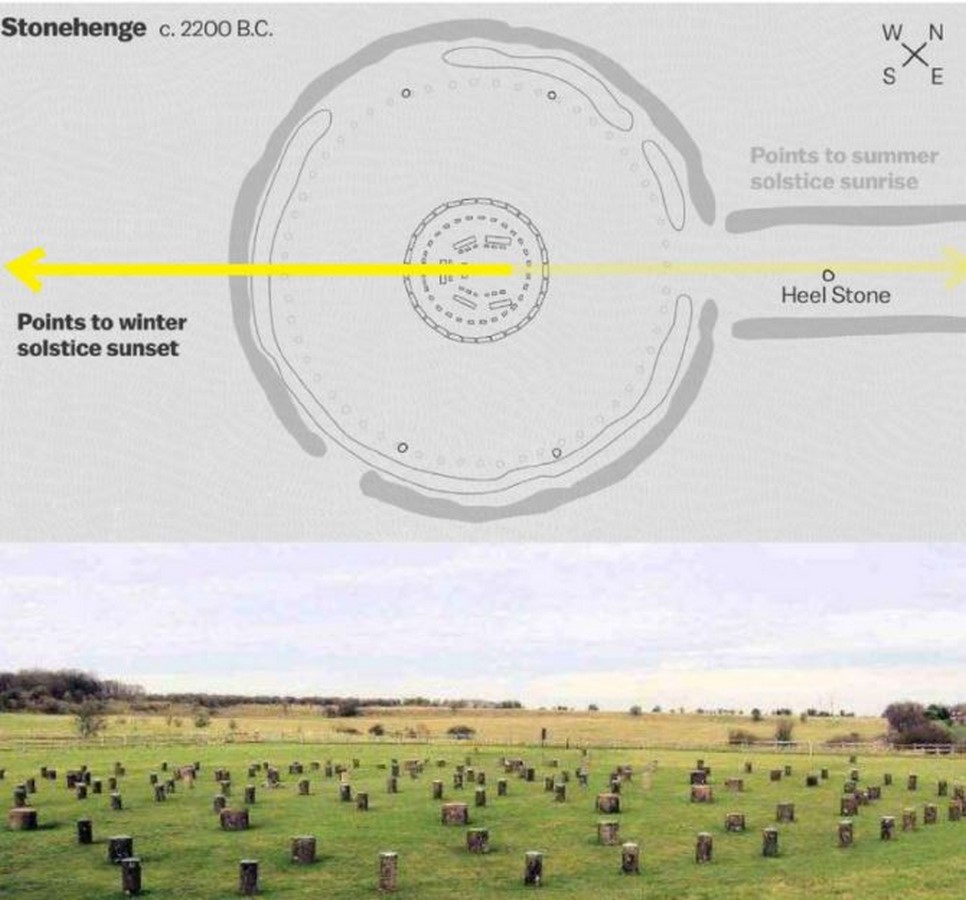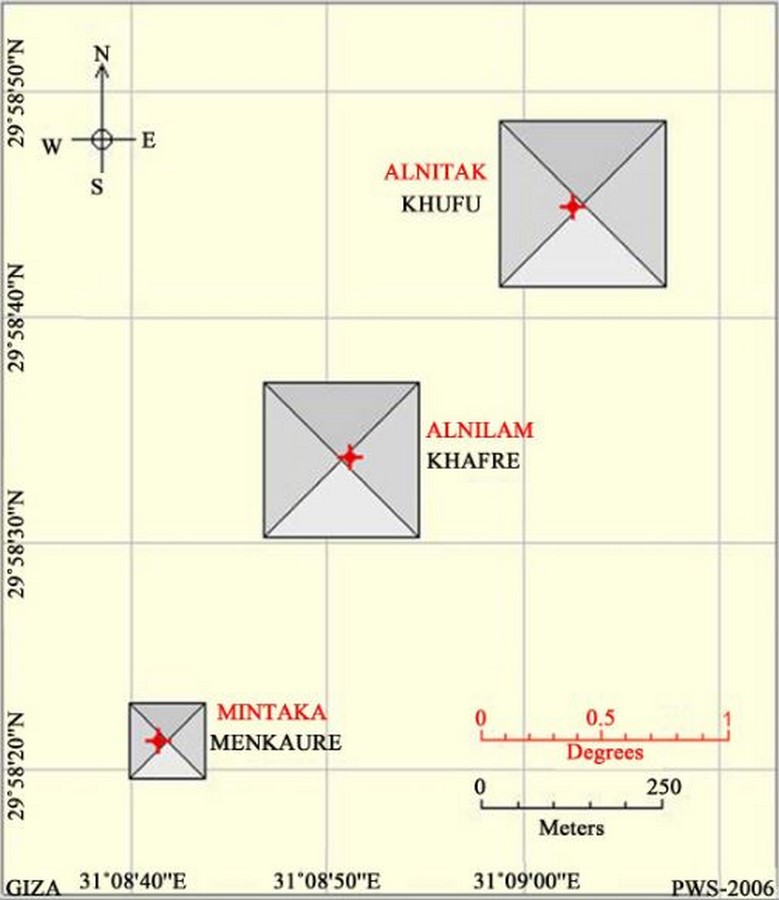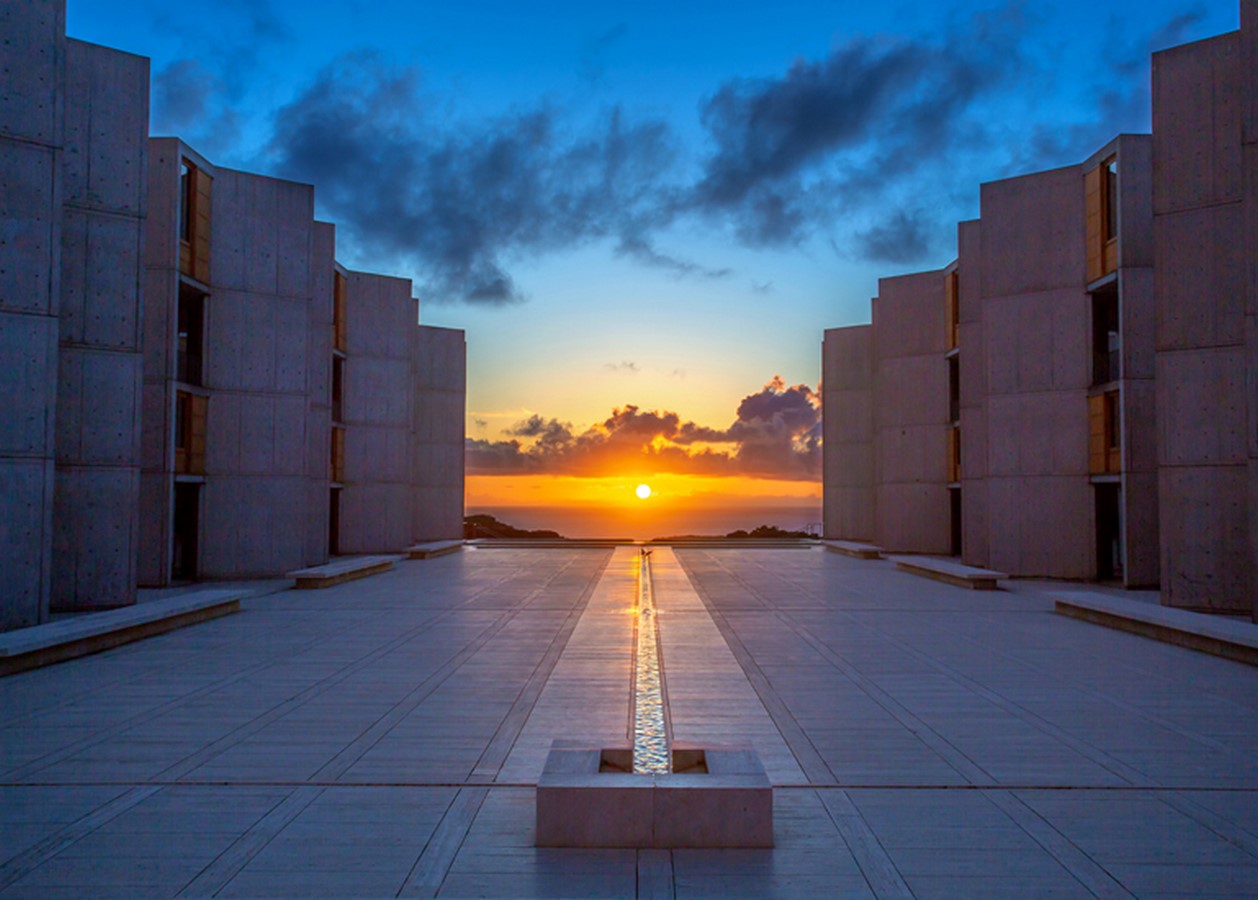Most people who own a television are familiar with the theories surrounding the pyramids and Stonehenge, everything from alien astronauts landing on our planet to mystery rituals being performed at the sites. However interesting they may be, the ancient written histories give away more calculated secrets behind the architecture of those built structures. Our ancestors were, simply put, very invested in astronomy, and while today many mock the astrological part of society, it made all the sense in the world to the architects and artisans of days past as the archeoastronomy.

Connecting The Old and The New | Archeoastronomy
Although the subject matter for this article does not involve a detailed discussion on the various theories and mythologies behind architecture, writing on a few of those stories might help investigate how they have molded the architectural world of today. The pyramids of Giza, for instance, have been discovered to be built along with the three stars of the Orion belt, with the vertices of the structures visually leading to the respective star. The pyramids were also aligned north-south, with an accuracy that amazes modern historians. Although their use of the autumn equinox explains the calculations, what is intriguing is how this cardinal alignment reflects itself in modern urban design.

Urban Legend?
Many historical cities were aligned east-west, to celebrate the seasonal variations with sunrise and sunset at the two equinoxes of the year – Spring Equinox recognizing the beauty of rejuvenating life, and Autumn Equinox to express gratitude to the gods for a good harvest. While the idea sounds old-fashioned – who goes to pray at the StoneHenge now? – We see in many cities an almost accidental revival of the event. Chicago, with its grid-like street formation, experiences what the locals call “Chicago-henge”, relating the stunning sunset between buildings to the rocks that capture the sun in England.

The Chinese city of Beijing is itself built in continuation of the Forbidden City, which has its own celestial roots.
Contributing To Everyday Architecture
Angling houses to the orientation of the sun and calculating azimuth angles also finds its roots in ancient astrology – but one must first understand the different etymological backgrounds to the use of the word ‘astrology’. To cultures of old, it meant an in-depth study of the stars and their paths across the sky, but also how those paths influenced the beings on earth. That was where most derived their religious practices from – to date, our religious buildings are designed according to the stars in the heavens above.
The Pantheon! An awe-inspiring interior lit only by the oculus in the center of the dome overhead. The alignment of the temple to the cardinal points ensures the sun rays hit different points of the doorway as the sun rises or sets, making its way around the dome and dancing over the intricately designed panels decorating the interior. This arrangement could have been inspired by the Roman sundial, which inspires another debate – would our buildings have been designed the other way around had we inhabited most of the southern hemisphere of the world?
It was these practices that helped us rediscover the elements of design, playing with light and shadow, studying nature to imitate its movements, solidifying seemingly pagan rituals into logical methods of utility. Is ‘green building ‘ not just a modern twist to vernacular architecture? When designing the Salk Institute, did Louis Kahn not bring in spirituality with the summer solstice sunset going down in between the two built sides?

Religious Residence | Archeoastronomy
The Kaaba, a holy site itself astronomically aligned, makes researchers wonder whether it was originally built to represent Arab cosmology – if buildings elsewhere can be attributed to the heavens, then why not here? The cube-shaped structure is aligned to the rising of Canopus, the brightest star in the Southern sky, with the minor axis pointing to the summer sunrise. The corners also represent the four cardinal points, although the precision of those is not very accurate. To face this building because of the religious duties associated with it, many Muslim architects do not only design mosques to face this way, but also ensure housing to be designed towards the Kaaba. Although the concept does not strike a chord with many, it is interesting to think about the impact this large-scale planning could have on the history of our times for future architects – would they compare the Muslim Kaaba-centric design to the Roman temples? Entire housing communities were built to point towards Canopus.

Our ideas for evolutionary architecture, such as the skyscraper, come from ancient traditions of men trying to reach the skies – the Tower of Babylon and their religious Ziggurats are an important example of this typology. Taipei 101 was built according to many spiritual concepts, some of them being the lucky number 8. Percy Jackson’s turning the Empire State Building into Mount Olympus is a good way of analyzing how the older mythologies blended into our modern world.
It is no surprise that older beliefs morph into new world ones. Human progress always keeps moving forward, sometimes in more material ways, sometimes in more conceptual ways. What matters to architects is how to translate those dynamic thoughts into a design that would last for as long as there is someone to believe in them – and for maybe even longer.
References
Orofino, V. and Bernardini, P., 2016. Archeoastronomy Study of the Main Pyramids of Giza, Egypt: Possible Correlations with the Stars?. Archaeological Discovery, 04(01), pp.1-10.
Kirkham, M., n.d. Egypt REVELATION: How Great Pyramid has the ‘most AMAZING characteristic’ for THIS reason. [online] Express.co.uk. Available at: <https://www.express.co.uk/news/weird/1083955/egypt-pyramid-amazing-characteristic-earth-true-north-big-little-dipper-spt>
Mohapatra, S., 2020. The relevance of Archaeoastronomy in modern-day Architecture. Research Gate, [online] Available at: <https://www.researchgate.net/publication/349063467_The_relevance_of_Archaeoastronomy_in_modern-day_Architecture>
Penprase, B., 2011. The power of stars. New York: Springer.
Adler Planetarium. n.d. AstroFan: Understanding Chicagohenge – Adler Planetarium. [online] Available at: <https://www.adlerplanetarium.org/blog/chicagohenge/>
Nizamoglu, C., 2020. Islamic Sacred Geography and Finding the Qibla by the Sun and Stars – Muslim Heritage. [online] Muslim Heritage. Available at: <https://muslimheritage.com/islamic-sacred-geography/>
Journal for the History of Astronomy, Vol. 13, P. 102, 1982, 1982. On the Orientation of the Kacba.
Baratta, N. and Magli, G., 2021. The Role of Astronomy and Feng Shui in the Planning of Ming Beijing. Nexus Network Journal,.
















